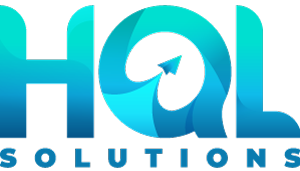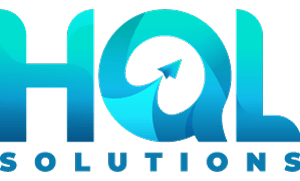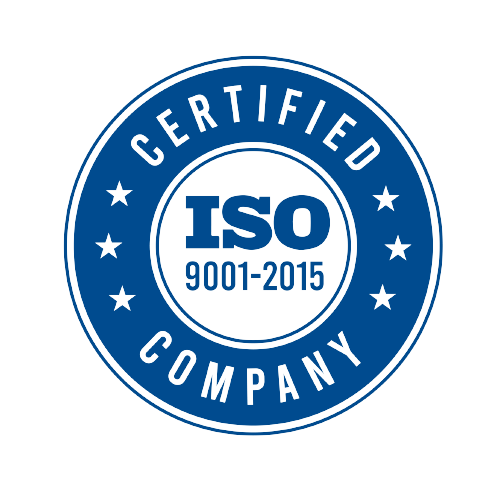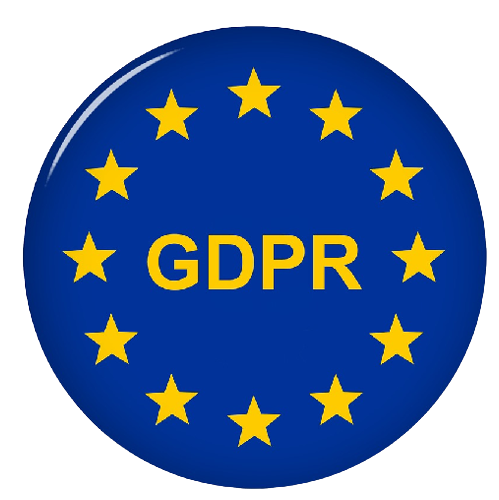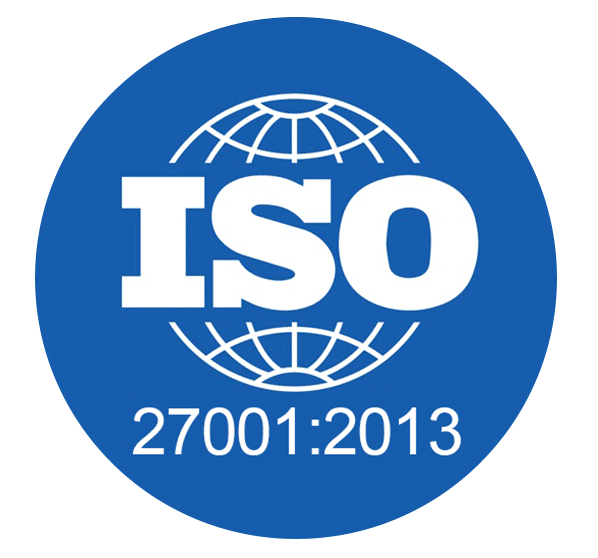Types of Demand Generation Campaigns: Harnessing Email Marketing

Introduction
Demand generation is the process of bringing a product or service to the attention of potential customers and guiding them through the stages of consideration and eventual purchase. Email marketing is essential to this process since it allows for personalized engagement, direct communication with consumers and prospects, relationship building, and lead nurturing.
This blog examines several types of campaigns for demand generation, with an emphasis on using email marketing to generate significant outcomes.
What Are Demand Generation Campaigns?
Strategic marketing initiatives known as “demand generation campaigns” are meant to raise awareness and interest in a business’s goods and services. Rather than aiming for quick sales, the goal of these efforts is to establish lasting relationships with potential clients. Their main goals are to increase demand, educate prospects, create curiosity, cultivate leads, and raise brand awareness.
Key performance indicators (KPIs) like website traffic, conversion rates, lead quality and quantity, engagement metrics (open rates, click-through rates), and website traffic are used to gauge the effectiveness of demand generation efforts. These indicators help to maximize subsequent efforts by offering insights into the efficacy of campaigns.
The Role of Email Marketing in Driving Demand Generation
Incomparable benefits of email marketing include low costs, a high return on investment, and direct contact with target consumers. Because it enables personalized messages, client relationships are strengthened and engagement rates are increased.
Research shows that email marketing is one of the most successful digital marketing channels, generating $42 for every $1 invested. Emails’ effect and reach are further demonstrated by the industry-average 21.33% open rate.
In order to incorporate email marketing into demand-generation plans, audiences must be segmented for targeted campaigns, procedures must be streamlined through automation, and timely and pertinent communications must be ensured.
Types of Demand Generation Campaigns
1. Newsletter Campaigns
Campaigns for newsletters are an essential tool for communicating with current clients and nurturing leads. Their main goal is to deliver promotions, updates, and useful stuff straight to members’ inboxes.
Creating thought leadership, increasing website traffic, increasing brand exposure, and eventually turning subscribers into customers are typical goals.
Newsletter campaigns must be optimized by concentrating on producing pertinent and interesting material, delivering messages regularly, and tailoring them to individual subscribers’ tastes.
Industry newsletters with carefully chosen content, business updates showcasing new product releases or events, and promotional newsletters with special offers of discounts or incentives are a few instances of effective newsletter campaigns.
Businesses like HubSpot and TheSkimm are excellent at creating newsletters that are interesting to readers and increase open and click-through rates.
Lead Magnet Campaigns
Demand generation tactics must include lead magnet efforts, which encourage prospective clients to trade their contact information for insightful content. Their capacity to acquire leads at different points in the sales funnel and guide them toward conversion is what makes them significant.
Different audience needs and tastes are catered to by different kinds of lead magnets. Ebooks, whitepapers, case studies, checklists, quizzes, free trials, and special discounts are a few examples of these.
Every category presents distinct advantages, such as providing information, resolving certain issues, or giving an overview of the company’s goods and services, all of which contribute to building consumer confidence and brand engagement.
Webinar and Event Campaigns
Role of Webinars and Events in Demand Generation
Events and webinars are powerful tools for creating demand because they offer venues for interacting with potential customers, educating them about goods and services, and establishing your authority in the field. By establishing meaningful touchpoints and cultivating connections with prospective clients, these engaging workshops move leads along the sales funnel.
Planning and Execution Tips
Establish specific goals and target audience categories first. Create engaging material based on their preferences and requirements. To increase reach, use a variety of channels to promote the webinar or event. Utilise registration forms to collect useful lead data.
Make sure everything runs well during the event by including interactive components and captivating presentations. Personalized follow-up correspondence is necessary to maintain momentum and increase conversions.
Drip Campaigns
Automated email campaigns are sent in sequences according to predetermined schedules or user activities. The primary goal is to gradually guide leads toward a purchase decision by providing them with individualized and relevant material.
To design an effective drip campaign, start by segmenting your audience based on their behaviour and interests. Create a series of emails that provide value at each stage of the buyer’s journey. Ensure each email has a clear call to action, and use A/B testing to refine subject lines, content, and timing.
To onboard new customers, a software company may employ a drip campaign that consists of a welcome email followed by tutorials and advice over the course of the next few weeks. To encourage customers to finish their purchases, an online retailer may send them a series of emails with discounts, offers, and product reviews.
Types of demand-generation campaigns include newsletters, lead magnets, webinars, events, and drip campaigns. Through the use of relevant and useful content, these efforts cultivate leads, improve engagement, and stimulate conversions.
Approaches to Boost Email Marketing in Demand Generation
Personalization and Segmentation: Relevance and engagement are raised when emails are customized for particular audience segments. Utilise data to tailor offers, content, and subject lines to various consumer profiles.
Compelling Content Creation: Crafting engaging and valuable content is key. Focus on solving problems, providing insights, and offering clear calls to action. High-quality visuals and concise, impactful messaging enhance appeal.
A/B Testing and Optimization : Test various aspects of your content, including subject lines and send times, frequently to see what works best for your audience. Make use of findings to improve and tailor upcoming campaigns.
Automation and Timing : Create automated routines to effectively nurture leads. Emails should be strategically scheduled to maximize open rates and conversions while also aligning with recipient behavior.
Analysing the Effectiveness of Demand Generation Email Campaigns
Key Performance Indicators (KPIs): Email campaigns for demand generation are evaluated based on certain KPIs, including open rates, click-through rates, conversion rates, and metrics related to total engagement. These metrics provide information about the interest of the audience, the degree of interaction, and the effect of the campaign on lead generation and sales funnel advancement.
Tools for Tracking and Analytics: Comprehensive tracking and analytics for demand-generation email campaigns are made possible by many tools and platforms. Marketo, HubSpot, Mailchimp, and Google Analytics are a few popular choices.
With the use of these technologies, marketers can effectively modify their tactics and maximize the performance of upcoming campaigns by obtaining useful data on audience behavior, campaign performance, and ROI.
Case Studies Illustrating Success Metrics: Analysing case studies of effective email marketing for demand creation provides concrete instances of how KPIs convert into useful information and profitable results for businesses.
Examples from the real world show how businesses use email marketing to nurture leads, create leads, and increase conversions; these examples highlight the significance of monitoring and evaluating success metrics for campaign optimization.
In summary, email marketing is a key component of the types of demand generation campaigns. Its cost-effective, direct, and tailored connection with potential leads highlights its critical role in nurturing prospects and generating conversions. But success in this field mostly hinges on constant exploration and improvement.
Campaigns may sustain their effectiveness and engagement levels by using A/B testing diligently, analyzing performance indicators, and keeping up with industry changes.
In the end, using email marketing to its full potential inside demand generation campaign types guarantees steady development and strengthened client connections via personalized, data-driven tactics.
